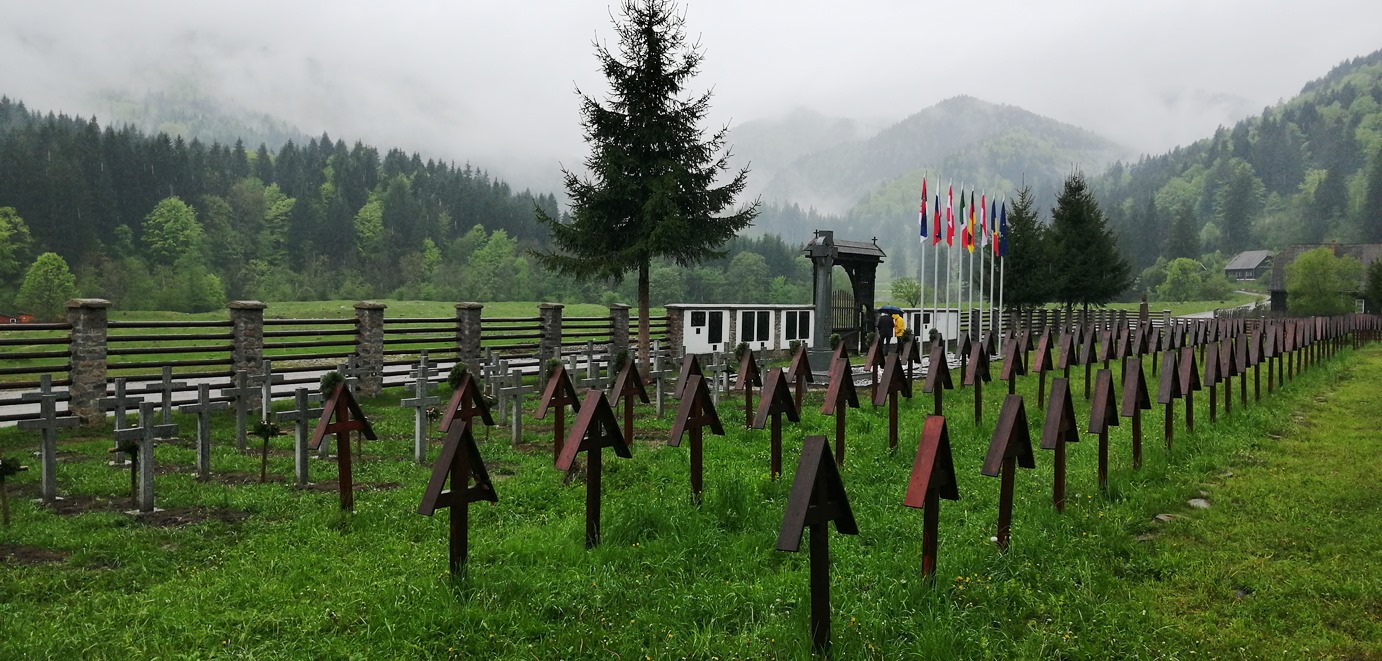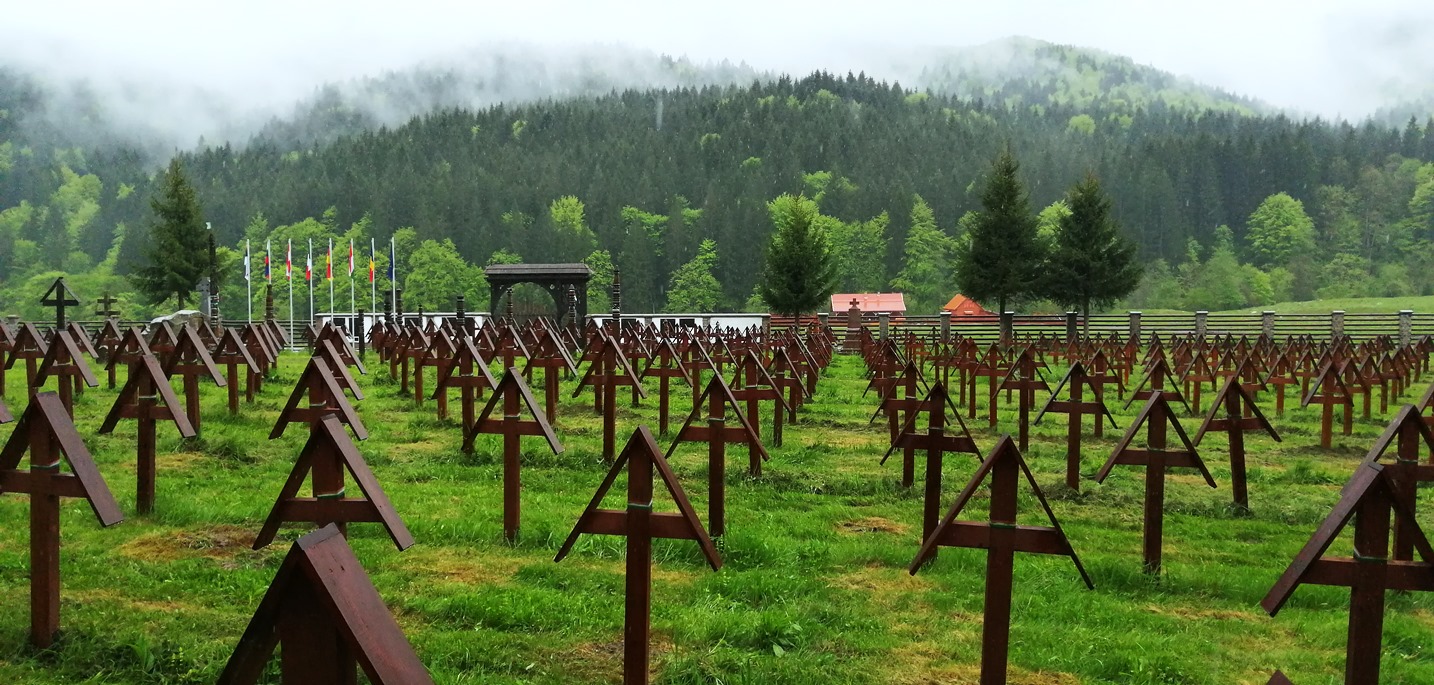The trial of the administrative lawsuit based on the unsolved border dispute between the Hargita (Harghita) County’s Csíkszentmárton (Sânmartin Ciuc) and the Bákó (Bacău) County’s Dormánfalva (Dărmănești) will begin next month, while in another lawsuit relating to the Úz Valley military graveyard, Dormánfalva launched an appeal because of the first instance court decision (via szekelyhon.ro).

One and a half years had to pass until the start of the lawsuit initiated by Csíkszentmárton to clearly set the border between Hargita and Bákó counties, as well as the border between Csíkszentmárton and Dormánfalva. The outcome of the lawsuit will also determine which settlement the Úz Valley military cemetery belongs to.
The first hearing took place at the Hargita County Court in 2020 when the judge approved an application submitted by Dormánfalva claiming that the court is not authorized to try the case; this resulted in the court deciding to pass the case to the Bákó County Court.
But then, the representatives of Csíkszentmárton did the same, saying that the Bákó County Court is also not authorized to make a decision and asking the local court to let the Supreme Court of Cassation and Justice choose a neutral court for the case. Csíkszentmárton’s request was approved by the Bákó County Court last September, and so the involved parties had been waiting for the Supreme Court to decide. Weeks and months passed, until
this February, the Supreme Court finally made its decision; it did not assign a neutral court but gave the case to the Hargita County Court.
The first trial will be held in September 2021. In its statement of claim,
Csíkszentmárton asks the court to define the border between the two counties on the grounds of the Act II of 1968 regarding the administrative division of the country and on the grounds of a Cabinet Decision also from 1968; according to these, Úz Valley belongs to Csíkszentmárton.
Furthermore, the Szekler settlement can also prove with two land registers from 1906 that the Úz Valley military graveyard belongs to it.

The Úz Valley military cemetery has been maintained by Csíkszentmárton for more than 100 years, but Dormánfalva declared it as its own in March 2019. A month later, it illegally constructed a Romanian area, placing concrete crosses and erecting a monument in the graveyard. Following this, several lawsuits were started against Dormánfalva for its declaration as well as to invalidate its building permit, claim restitution of the initial situation in the graveyard and clarify the county border.
The first decision of the lawsuits was made in favor of Csíkszentmárton, when on May 25, 2021, the Court of Bákó County repealed the decisions of the Dormánfalva City Council from March 29 and June 25, 2019, in which they declared that the 7,979-square-meter territory of the Úz Valley military graveyard was public property belonging to Dormánfalva.
But Dormánfalva lodged an appeal against the first instance judgment a few weeks ago,
which means that a legally binding decision in this case has yet to be made by the Bákó County Court, and it will decisively influence the outcome of the other lawsuits as well, which are suspended until the closure of this one.
Title image: Wooden Cross of Hungarian soldier József Chmura in the Úz Valley military cemetery and a concrete cross of the “Unknown Romanian hero” in the background which was set up in April 2019 on the top of the Hungarian soldier’s grave. (Photo was taken on May 15, 2019, by Attila Szoó)